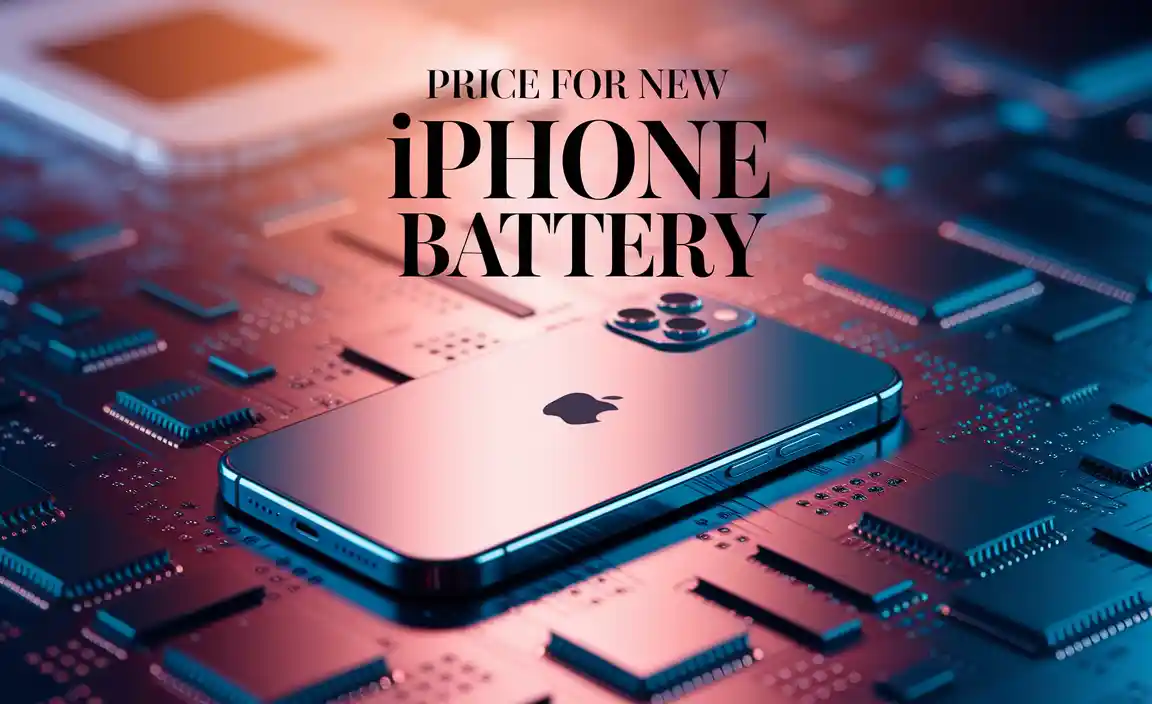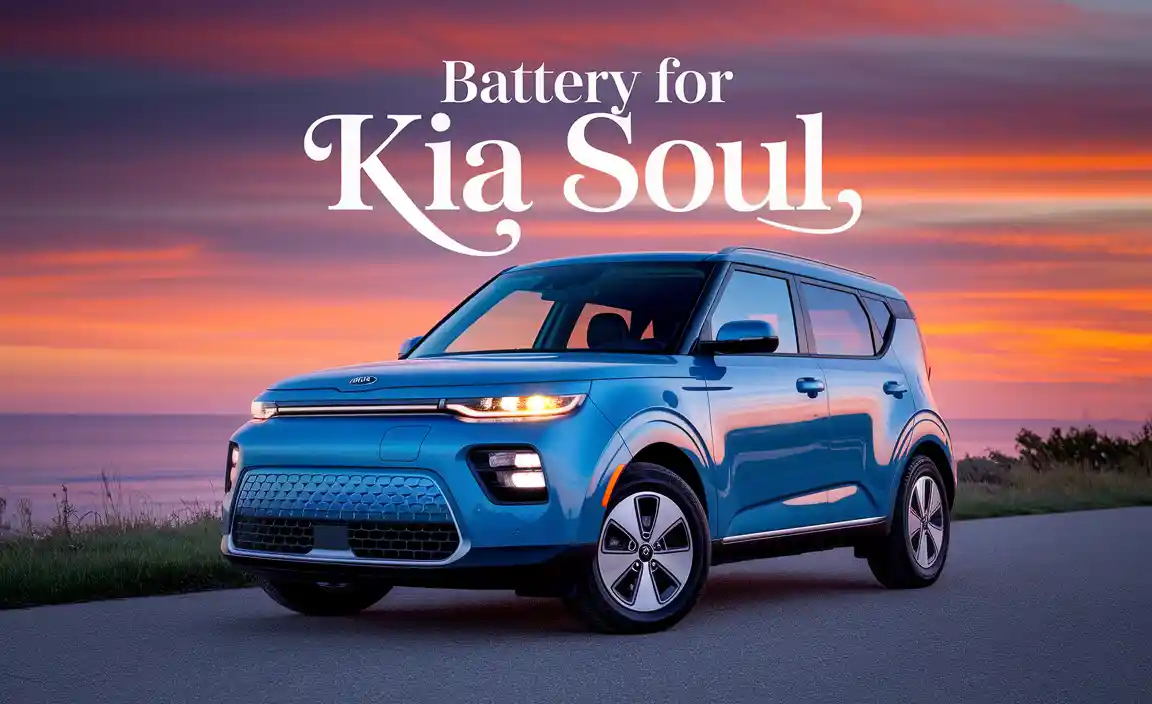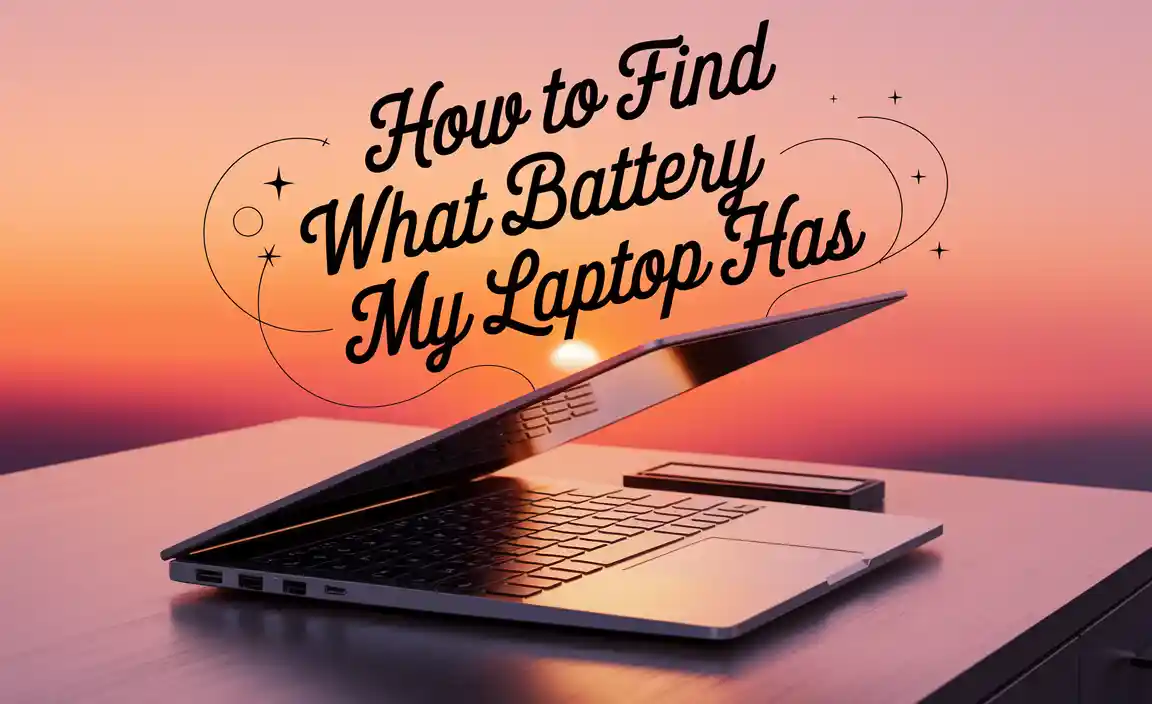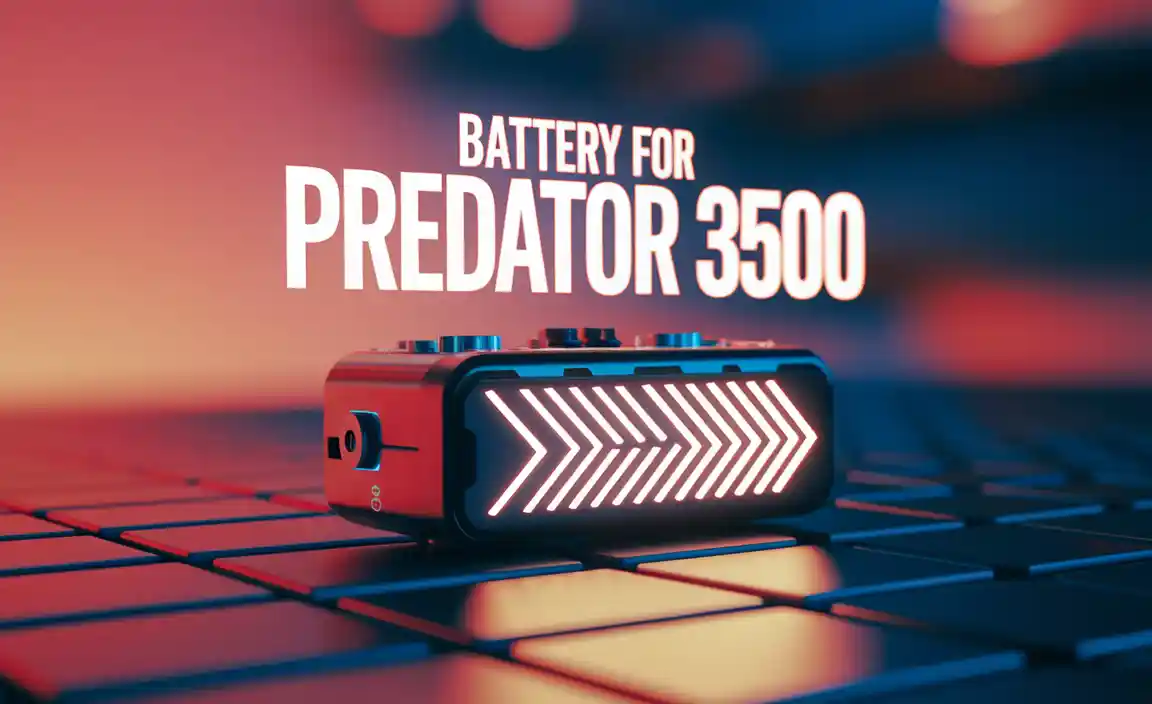A battery stores chemical energy and uses a reaction to transform it into electric energy. So, batteries can have different chemical compositions inside them but the basic remains the same. When you use the battery the inner chemical of the battery reacts to each other and creates an electron flow. This is used as electrical energy.
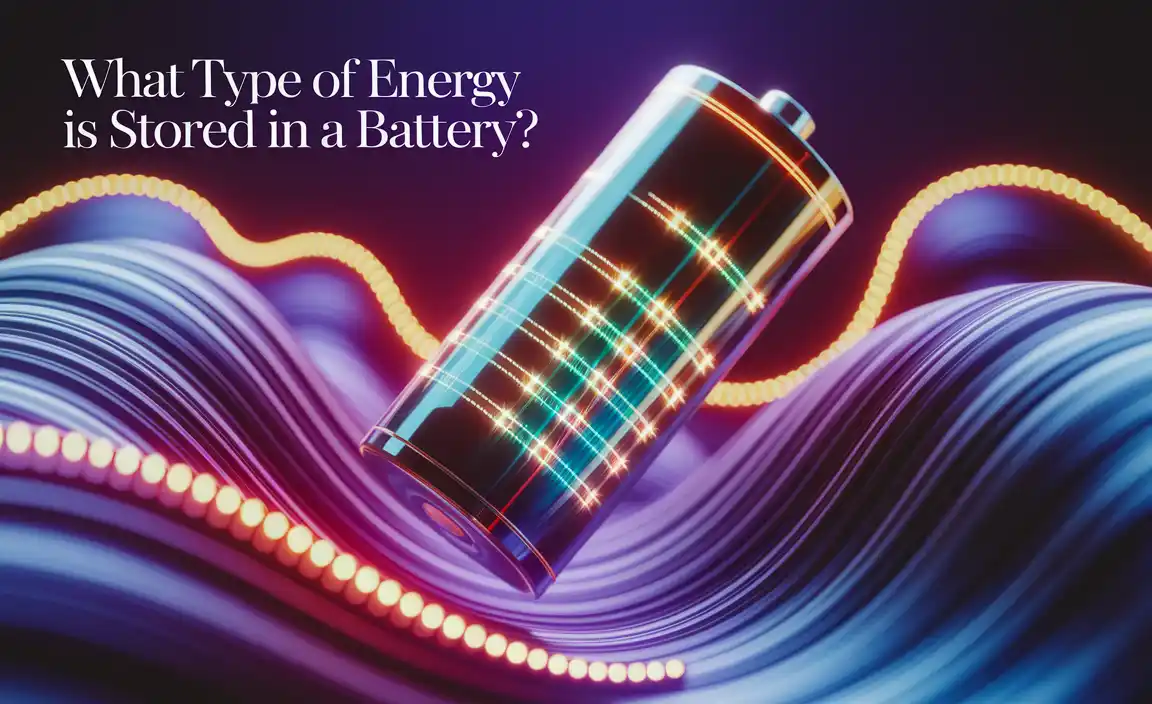
Method for Producing Electricity from Batteries
The battery is a combination of electrochemical cells. Here the number of cells can be one or more. In these cells, the electrochemical reaction takes place to produce electricity. It acts as an electron pump.
Because of the reaction, the electron in the cells starts to move. This moving energy also creates electricity. Every battery has a cathode which is its positive side and an anode which is the negative side. These two sides are covered by an electrolyte which makes it possible to conduct the electrons.
As you use the battery, the anode creates electrons from a reaction. This electron then moves through the conducting wire to the cathode side. As they move through the wire they provide electricity to the device. This continues as long as there are enough materials to perform the reaction.
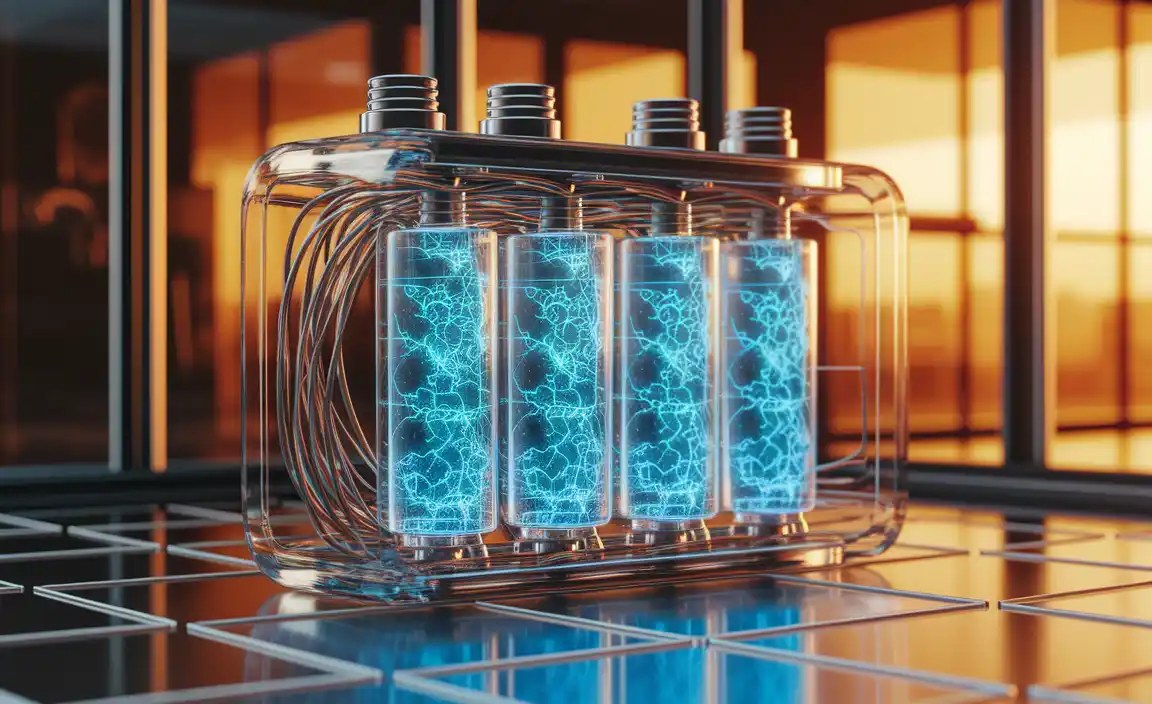
Types of Batteries
A battery is a combination of some amount of cells. A cell has three parts: two electrodes (anode and cathode) and an electrolyte. The battery is mainly of two types.
These are Primary or non-rechargeable batteries and Secondary or rechargeable batteries. There are many variants of each of these two types of battery.
Primary Battery Variants
A primary battery is a very easy-to-use source of power. So it is highly used in different devices. Some of the primary batteries are the low-cost Zinc-Carbon battery, high-capacity Magnesium (Mg/MnO2), Silver-Zinc battery, high-performance alkaline battery, etc.
Different types of battery have different usage when comes to daily life. Zinc carbon being low cost, used in toys and instruments that don’t need too much power. Then again the Silver-Zinc batteries are used for hearing aids for their very high capacity.
Secondary Battery Variants
A secondary battery has many uses. These are usually used for a work environment where you usually need a lot of power. Some of the secondary batteries are the Lead-Acid battery, Nickel-Cadmium (Ni-Cd) battery, Lithium-ion (Li-ion) battery, etc.
Because of the high capacity and recharging ability, the Li-ion battery is used inside the mobile phone and laptops. Even electric cars use Li-ion batteries to power them.
Other than Li-ion, a Lead-Acid battery is used with a generator to hold the power in case of load shedding. Ni-Cd batteries can work as a substitute for the primary battery in any device. Doing that, you can charge the battery when it runs out instead of replacing it every few months.
Rechargeable & Non-Rechargeable Batteries
Batteries can be classified in many ways. But depending on how they work we can divide them into rechargeable and non-rechargeable categories. Both of these categories have several types of batteries. Here we will talk about how these batteries work and supply power to the device.
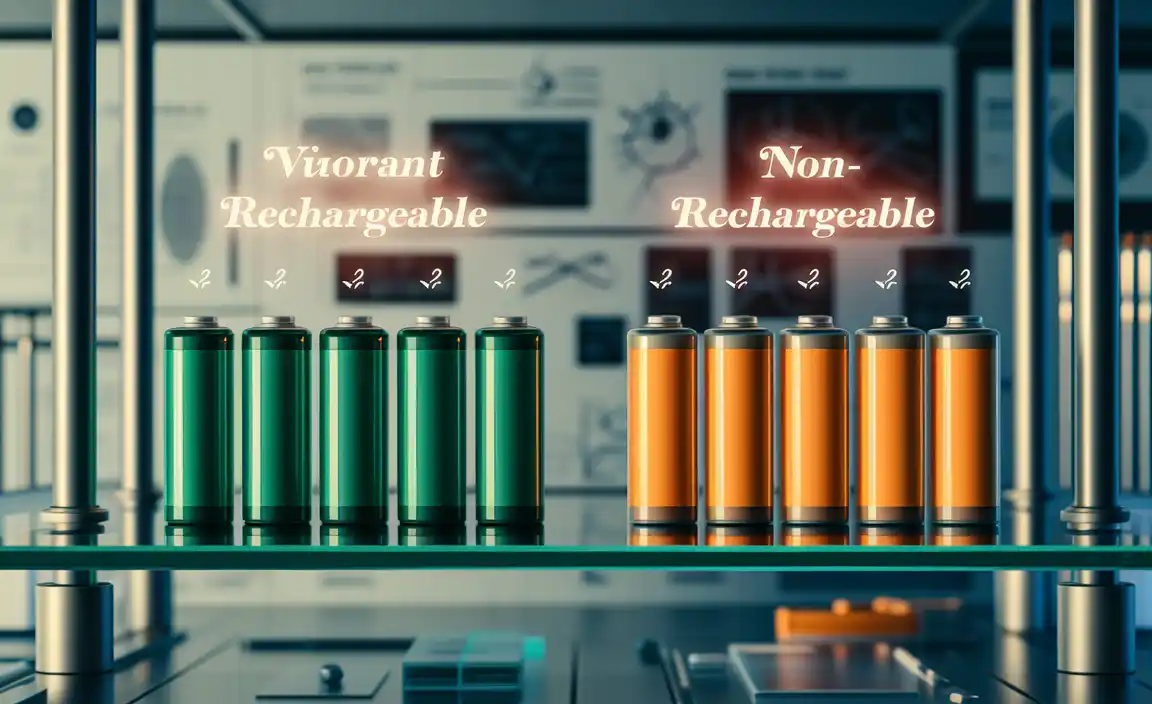
Non-Rechargeable Battery Function
Non-rechargeable batteries usually use materials that can only do one-way reactions. So for example, a zinc-carbon battery is a non-rechargeable battery that uses zinc as an anode on the outer shell while the carbon rod functions as a cathode from the inside.
These anode and cathode are separated by an electrolyte that helps to do the reaction all while separating the anode and cathode. When we connect the battery with a wire, the electron goes from zinc to carbon through the wires thus generating electricity.
But this is a one-way reaction. There is no way to reverse the reaction inside the battery. So over time zinc gets used and fewer electrons start producing from the reaction. That’s how a non-rechargeable battery dies after transferring the chemical energy to electrical energy.
Rechargeable Battery Function
Rechargeable batteries follow the same function as the non-rechargeable ones but with some changes. While the non-rechargeable battery can only do a one-way reaction, the chargeable battery is capable of reacting both ways based on condition.
For example, the Lithium-ion battery is a rechargeable battery that uses different Lithium-metal oxides to achieve its rechargeable function. Just like before, they are also separated by electrolyte intercalation. The most common use for a Li-ion battery is inside mobile phones.
Discharging
When you are using your phone the battery is powering the phone. Here the electrons get sent from anode to cathode to supply the electricity. But from the anode reaction, Li+ ion forms inside the electrolyte. These Li+ ions move from anode to cathode through the electrolyte. This later helps them to regain the charge.
Charging/ Recharging
When you are charging the battery, the exact opposite thing happens. To charge the battery, you have to connect it to an external power source. This makes that the Li+ ions and electrons that were coming to the cathode during discharging, move back.
So in simple terms, during discharge, the Li+ ion was making the cathode positively charged to make sure the electron flows without a problem. Now that it is connected to an external source, these Li+ ions move back through the electrolyte to the anode. The same thing happens for the electron. Thus the battery gets charged again.
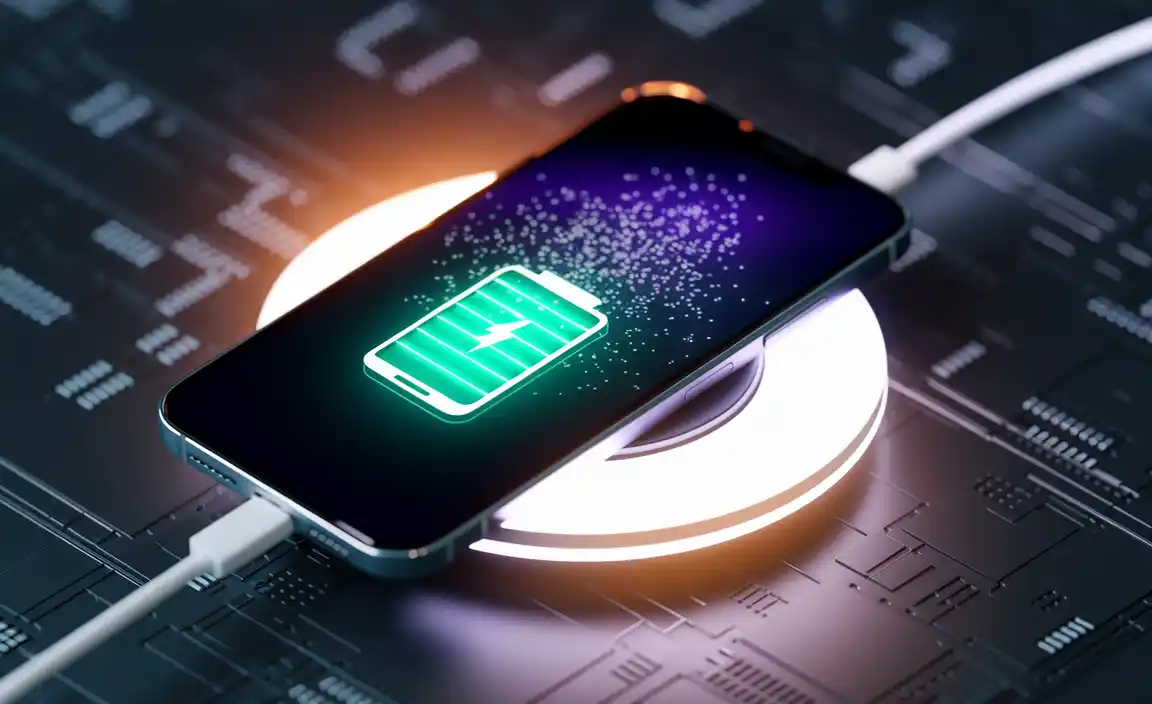
Frequently Asked Questions
- What type of energy is stored in a car battery?
Ans: A car battery stores chemical energy just like any other battery. The electric car these days uses a Li-ion battery. So the chemical here is Lithium which gets converted from chemical to electrical energy by a reaction while using. But it is stored as chemical energy.
- What type of battery is the best?
Ans: Lithium batteries are by far the best. That is because they have a high capacity, are rechargeable, and also last for a long time. Within the non-rechargeable batteries, Alkaline is the best for its moderate cost with high performance.
Conclusion
No matter which type of battery it is, the battery will store chemical energy inside them. When we use a battery a reaction between the chemicals happens inside the battery. As a result, we get electrical energy. But at its core, all batteries are chemical energy storage.
Resource:
- How electrochemical cells work: https://www.britannica.com/science/electrochemical-cell
- Rechargeable battery technology explained: https://www.energy.gov/eere/vehicles/articles/rethinking-rechargeable-batteries
- Difference between anode and cathode: https://byjus.com/chemistry/difference-between-anode-and-cathode/
-
How lithium-ion batteries power EVs: https://afdc.energy.gov/vehicles/how-do-all-electric-cars-work

